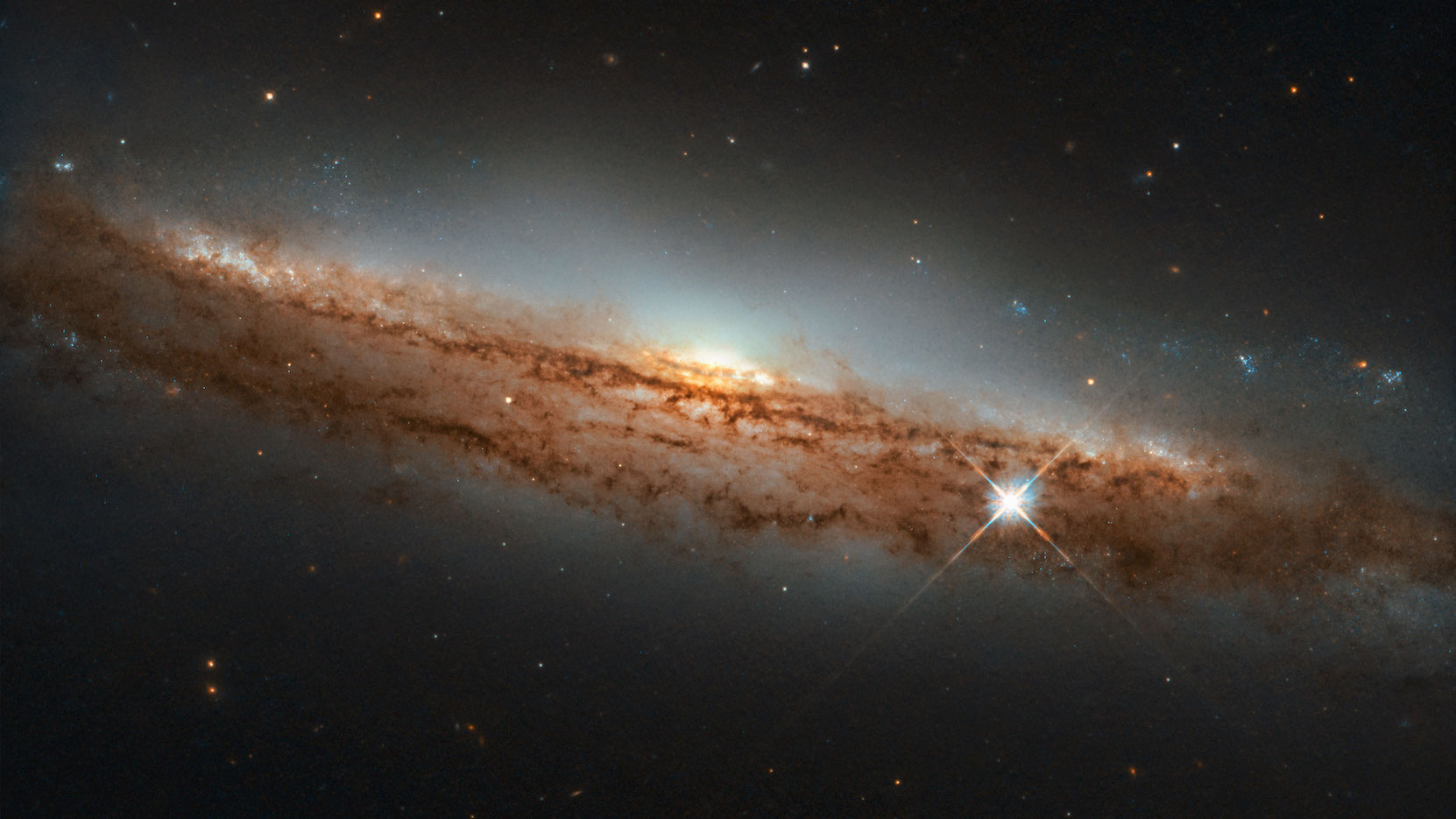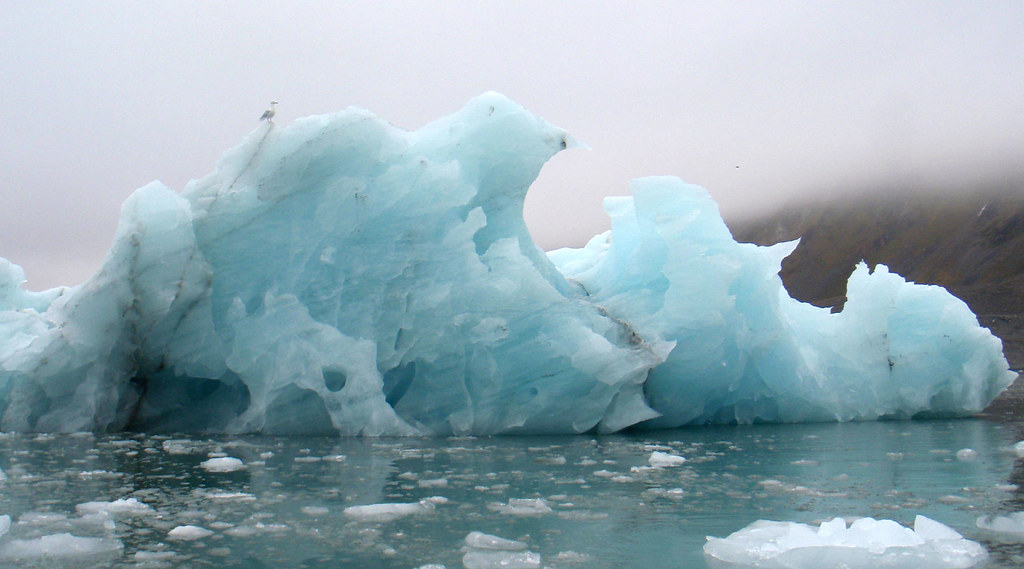The closest galaxy to our own, the Milky Way, is the Canis Major Dwarf Galaxy, located 25,000 lightyears away. That’s two trillion, three hundred and sixty million kilometres, or the distance from here to the sun 16,000 times over. The distances between galaxies are vast.
With astronomers unable to travel to points of interest in space, they must instead rely on two-dimensional photographs to understand our universe. What’s lacking in accessibility, however, is far made up for by gifting astronomers a unique time-travelling capability.
One of the best ways to understand our universe is to study starlight and how it changes in intensity as it crosses the colossal reaches of space. By training their telescopes on a galaxy a few billion light-years further away, astronomers can glimpse back in time, exploring stars and galaxies at an earlier point in their evolution.
Starlight and space dust
Cosmic dust, or space dust, is just that – dust particles created by astronomical events that gather in outer space. It can vary in size, from a few molecules to micrometeoroids weighing as much as a gram, and can contain complex organic compounds. It also plays an unavoidable role in the attenuation of starlight.
To be able to understand the properties of distant galaxies, such as their stellar mass and rate of star formation, astronomers need to be able to calculate exactly how dust is affecting the intensity of starlight to accurately account for it.
As well as causing star light to weaken as it passes through, dust clouds provide shielding against radiation and act as a catalyst for the formation of molecules, ultimately aiding in the birth of new stars.
Seeing the bigger picture
Infrared and near-infrared studies carried out from Earth and space have gathered data on many tens of thousands of galaxies and spanning 11 billion years of cosmic history. These surveys give the basic 2D structure of galaxies and show how much dust affects the starlight from them.
Junkai Zhang, a PhD student at Bath working with Professor Stijn Wuyts in the Department of Physics, is leading a team of astronomers in exploring this vast observational resource.
‘We can’t observe a single galaxy from different angles,’ Zhang explains, ‘but we can select a large number of them that are close siblings. Since we can reasonably assume they will be oriented with respect to Earth under random viewing angles, we can then statistically reconstruct their 3D nature.’
Together, the team analysed the data on dust attenuation, galaxy size and surface brightness in star-forming galaxies. Mapping these into a three-dimensional model galaxy allowed them to visualise the distribution of both stars and dust within it.
With this new understanding, they discovered different densities of dust clouds were present at different stages of a galaxy’s evolution. Younger galaxies, those at an earlier stage of evolution, showed clumpier dust distributions than those at a later stage. This gives clues to the nature and evolution of dust clouds within galaxies and confirms what astronomers have previously hypothesised about the formation of stars.
The team hope their discoveries are just the first step in analysing the structure of galaxies and the attenuation of light. After completing his PhD at Bath, Junkai Zhang plans to continue his research in galaxy modelling at Beijing’s Tsinghua University.



